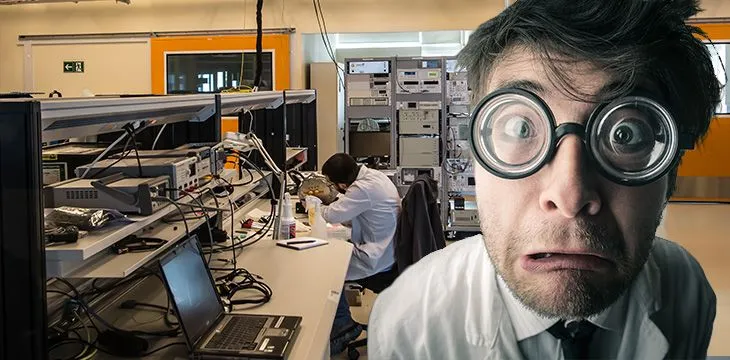|
Getting your Trinity Audio player ready...
|
These days, it’s not just gamers who are getting less access to much needed graphics hardware due to cryptocurrency miners hoarding equipment. Scientists researching on the possibility of extra-terrestrial life are having a hard time, too.
In a report by BBC Technology, Berkeley SETI Research Center’s chief scientist Dan Werthimer said, “We’d like to use the latest GPUs and we can’t get ’em.”
Modern scientific research often relies on vast amounts of computing power, and graphics processing units (GPUs) are critical to rendering scientific data. From graphical simulations to deep learning in neural networks, GPU components help scientists and researchers accelerate their analytics with multiple threads and parallel computing capacities.
“At SETI we want to look at as many frequency channels as we possibly can because we don’t know what frequency ET will be broadcasting on and we want to look for lots of different signal types – is it AM or FM, what communication are they using?” said Werthimer.
An earlier report by CoinGeek.com examined how GPU shortages and price spikes were caused by the rising demand for cryptocurrency mining hardware, leaving gaming enthusiasts to struggle with finding GPUs available at fair prices. The SETI Research Center currently owns three powerful computing hardware in several observatories across the world. With most of its data rendered by volunteers pooling their own equipment to increase the project’s processing power for analyzing radio telescope data, the shortage in GPUs has adversely affected SETI’s field of research.
“This is a new problem, it’s only happened on orders we’ve been trying to make in the last couple of months,” Werthimer said, noting that while the project had the necessary funds, purchasing new equipment to upgrade their research capacities has been difficult due to the shortage.
“We’ve got the money, we’ve contacted the vendors, and they say, ‘we just don’t have them,’” he said.
Radio astronomers have also been affected by this trend. Aaron Parsons, a scientist who created a radio telescope called Hydrogen Epoch of Reionisation Array (HERA) for a research observatory based South Africa, said their project is suffering as GPU costs doubled in 2017.
“We’ll be able to weather it but it is coming out of our contingency budget,” said Parsons.
Recently, major GPU companies like Nvidia have tried to mitigate the demand caused by cryptocurrency mining by asking its retailers to prioritize gamers over miners. Such changes in the GPU market are bound to affect not just the computer gaming industry and scientific research, but also critical industries such as advertising and media.
Seth Shostak, a scientist from the SETI Institute founded by Carl Sagan, said: “Using GPUs for SETI is certainly something we’ve been investigating for a long time,” noting that “When it comes to finding the aliens, the more computer (computing) power you have, the quicker you can do the search.”
To paraphrase Voltaire: with great computing power comes great responsibility. SETI researchers and radio astronomers are at the forefront of uncovering possible evidence of extra-terrestrial life forms. GPU shortages may not last long as the overall market adjusts, but cryptocurrency enthusiasts building clusters of mining rigs must be responsible enough to limit their impact on crucial (and controversial) scientific research.

 09-15-2025
09-15-2025 





